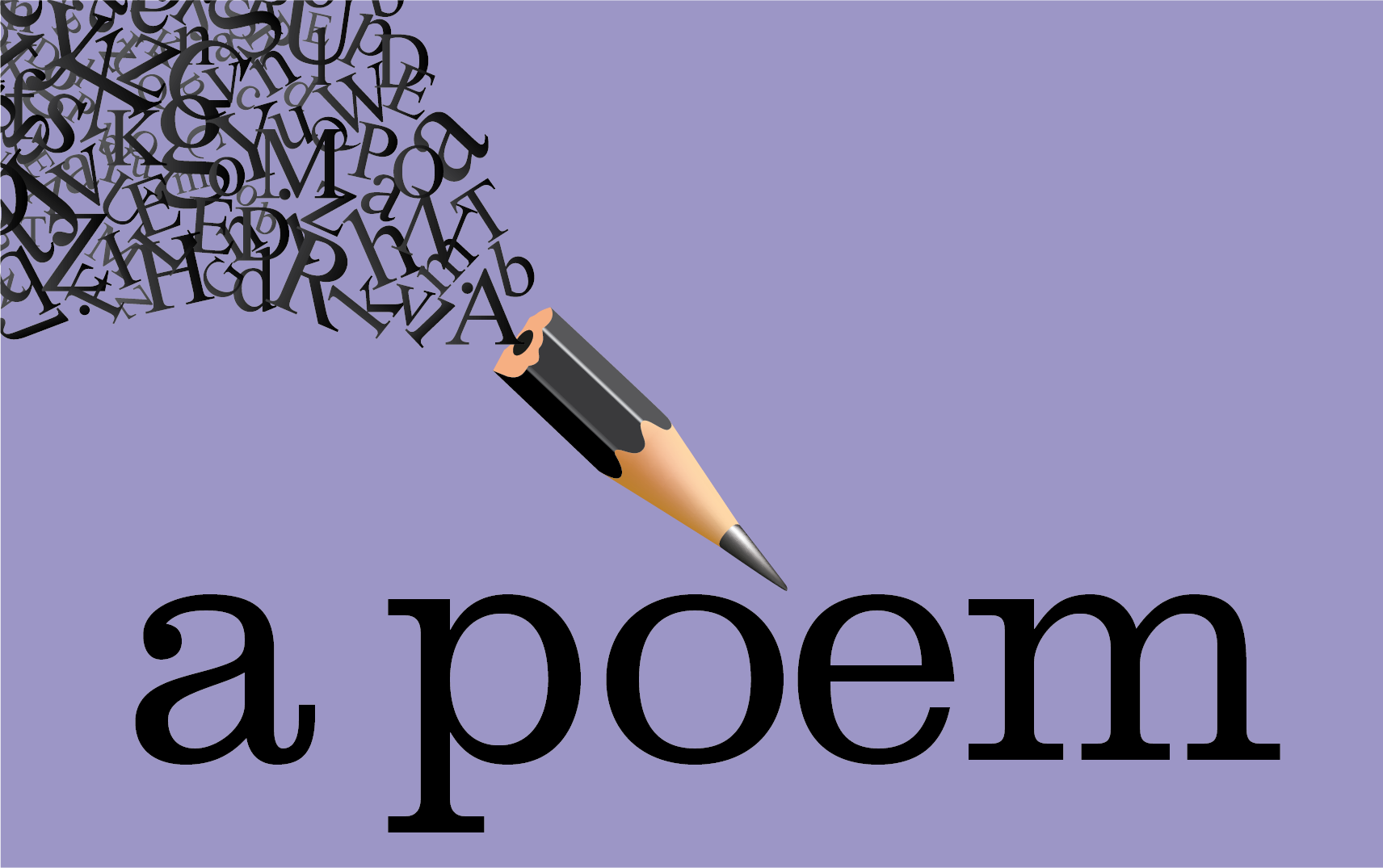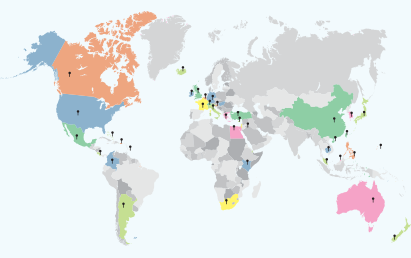The smell of popcorn in the air, the sound of candy boxes shaking, and the excitement of watching the most anticipated film of the year; it’s no surprise the global box office revenue hit $42.5 billion in 2019 (McClintock, 2020). From Blockbuster to Netflix, families around the world have used movies as a way to connect, communicate, and spend time with one another.
Although the majority of family films share important life lessons, provide entertainment, and increase the imagination of viewers, some films are, at best, sending harmful messages and, at worst, triggering past traumas. Unfortunately, there has been limited discussion regarding how movies are demonstrating inappropriate relationship patterns for children.
Identifying and monitoring onscreen behaviors is crucial for the proper psychological development of children. Several models of child development highlight the impact observing inappropriate behavior can have on a child’s psychological development. The Social Learning Theory (Bandura, 1977) and Erikson’s (1998) Psychosocial Stages of Development believe children and adolescents imitate behaviors modeled to them. Unfortunately, abusive behaviors seem to be increasingly normalized through mainstream media, increasing the likelihood of children engaging in similar behaviors. Even though the intent of most children’s films is to provide a heartwarming story mixed with laughter and suspense, some films portray underlying messages normalizing abuse. This may be because society is generally unaware of how abuse most commonly presents in relationships.
One theory of abuse that occurs in relationships is the Cycle Theory of Violence (Walker, 1979; 2017), a three-phase interaction cycle between an abuser and victim. The theory helps illustrate how acts of abuse, both emotional and physical, evolve into a repetitive pattern. Phase I is tension-building accompanied with a rising sense of danger. Phase II is the acute battering incident. Phase III, also termed loving contrition, provides a false sense of security the abuse will stop and motivates the victim to remain in the relationship until Phase I occurs again, causing the cycle to repeat (Walker, 2017). As children gain more media access to narratives mirroring and condoning the Cycle of Violence, there is a risk of desensitization to behaviors that should be perceived as alarming. To begin helping parents engage in healthy conversations regarding inappropriate onscreen behavior, therapists must highlight and address the subtle and often-overlooked onscreen messages.
Most children’s films in past years have not condoned the Cycle of Violence, as viewers can see abusers receive negative consequences for their behavior. For example, in The Lion King (Mecchi, Roberts, & Woolverton, 1994), Scar is responsible for the death of his brother, Mufasa, and convinces the pride of lions, including Simba, that Simba is to blame. After returning to Pride Rock, Simba confronts Scar and learns Scar was responsible for Mufasa’s death. Simba holds Scar accountable for his actions by having him confess his wrongdoings, effectively breaking the cycle of abuse. Unfortunately, not all children’s films show the perpetrator being held accountable, and these covert demonstrations need to be overtly acknowledged, discussed, and criticized.
The popular children’s film Toy Story 4 (Nielsen, Rivera, & Cooley, 2019) unfortunately depicts the Cycle of Violence as acceptable, mostly because of how it fails to address the opportunities in Phases II and III to educate viewers on how to identify and end the cycle. The first phase, tension-building accompanied with a rising sense of danger, begins after a courtship period consisting of the perpetrator having a lot of interest in the victim’s life and usually filled with loving behaviors. In Toy Story 4, the first stage is evident when Gabby Gabby meets Forky and Woody in the antique shop and notices Woody’s pull string. After telling Woody she can take him to Bo Peep, Gabby Gabby plays her broken voice box and asks Woody if his still works. The danger begins, and rises, when Gabby Gabby menacingly indicates she wants Woody’s voice box. After making a run for it, Woody manages to escape for the moment, but Forky is captured by Gabby Gabby’s henchmen, and she holds him captive in order to manipulate Woody into returning.
Tension in the cycle continues to escalate as the victim becomes more fearful of the impending danger and is, eventually, unable to control the anger response pattern (Walker, 1979; 2017). Woody, after a failed rescue attempt and being abandoned by his team, returns for Forky a second time, but this time isolated and alone in the confrontation. Phase two, acute battering incident, is demonstrated when Gabby Gabby manipulatively tells Woody her story of never “having a kid,” while Woody has already had two. “I’d give anything to be loved the way you have,” is how Gabby Gabby tenderly coerces Woody to give up his voice box for her benefit (Nielsen, Rivera, & Cooley, 2019). “Just leave me Forky. Bonnie needs him,” is Woody’s despairing response. The heinousness of this act is evidenced by the fact the movie-makers do not directly show the removal of Woody’s voice box. Instead, the screen goes black and Woody is then being sewn back together, without his pull string, while Gabby Gabby shouts for joy and flaunts the unfairly appropriated voice box.
The third phase, loving contrition, accounts for why many victims stay in an abusive relationship, allowing an opportunity for the cycle to begin again. The perpetrator will often apologize for the abuse and make promises it won’t happen again, offering the victim hope things will change (Walker, 2017). It can look like a return to the idealized beginnings of the relationship, and the victim may even think, “If my love is true enough, they will change.” However, as the cycle repeats itself more and more, the apologies and promises decrease. Often, the best a victim can hope for in this phase becomes a momentary “absence of tension or violence,” until the loving contrition phase inevitably disappears completely (Russell, 2010; Walker, 2017).
It is the insincerity of this loving contrition phase that sets the stage for the cycle to begin again with renewed tension-building and another acute incident of abuse. Specifically, it is the absence of justice and fairness that allows the cycle to repeat. This absence is what makes Toy Story 4 very troubling; it fails to show Gabby Gabby model what sincere loving contrition looks like when she realizes stealing Woody’s voice box was not the solution to her ability to experience a child’s love (Nielsen, Rivera, & Cooley, 2019). She never apologizes for the abuse she places upon Woody. Instead, the writers inexplicably choose to have Woody model behavior that is exclusive to abusive relationships; rather than demanding a well-deserved apology and the return of his voice box, Woody obsesses with how to make his abuser feel loved. This may have been done to avoid further tension and violence, or perhaps in an effort to prevent her from abusing others in the future (Nielsen et al., 2019, 1:15:05). The wrong message is sent when Woody and his team help place Gabby Gabby in the arms of a lost child at the carnival, giving her a “happily ever after” ending. Although the gender roles have been reversed from what is normally thought of when discussing the Cycle Theory of Violence, it does not change the problematic way in which it normalizes this destructive pattern.
In recent years, many narratives in children’s movies have seemingly shifted in the direction of advocacy, as evident in films like Brave (Andrews, Chapman, & Purcell, 2012) or Moana (Clements, Musker, Williams, & Hall, 2016). However, there also seems to be an increase in narratives demonstrating abuse without appropriate consequences, such as Beauty and the Beast (Trousdale & Wise, 1991) and Toy Story 4 (Nielsen et al., 2019). Behaviors consistent with Walker’s Cycle Theory of Violence (2017) seem to be so normalized in our society that mainstream media has no trouble including them as a key plotline for entertainment purposes. If studios continue to make films demonstrating abuse and glorifying “heroes” for surrendering to their abusers, the cycle of abuse will likely continue for generations and become more prominent within relationships. Until then, with the blatant demonstration of abusive tactics becoming more apparent in children’s films, it is crucial for therapists and parents to work together to break the silence of the covert cycle of abuse.
Since more children’s films are portraying negative interaction styles, it is important for overt conversations to be had in order for parents to become educated about these hidden messages. Next, it is crucial for parents to begin discussing these messages with their children and learn about the child’s interpretation. We find it helpful to use the “Learning Conversation” template from Difficult Conversations (Stone, Patton, & Heen, 2010). The main elements of a learning conversation are 1) learn their story, 2) express your views and feelings, and 3) problem-solve together.
To learn their story, parents can begin by asking children the following questions: “What did you like about the movie?” “What did you not like about the movie?” “What would you change about the movie if you could?” Remember that a Learning Conversation is a pressure free invitation to share perspectives. Create an environment for children to respond authentically by being curious and affirming it is okay when they don’t have an answer. Most importantly, validate the child’s feelings by paraphrasing back in their own words what they share. Avoid making statements disguised as questions (e.g., “What did you think about how Gabby Gabby violated Woody by taking his voice box?”), and avoid trying to “fix” or “improve” their views.
Once parents learn the child’s story, they can contribute their views and feelings to the Learning Conversation. Parents are sharing feelings here, and the child may not share the same perspective. It may be helpful to let children know that they don’t have to agree by acknowledging the possibility of contradictory feelings.
Finally, having shared both perspectives, parents can problem solve with their child. Problem solving is not an argument; it requires a continued effort to understand each other more deeply. This takes time. Acknowledging feelings and differing views is not the same as agreeing with them. First, name the dynamic (for example: “What is the problem in the movie?”) and then, if there is disagreement, it can be helpful to take on the other person’s perspective and ask “What still doesn’t make sense?” “What’s missing that would help their version make sense?” At this point you may find it is easy to arrive at a solution or shared understanding, but even if you do not, what is important is that you are engaged in the process that allows for continued conversation and the opportunity for reaching a resolution down the road.
Create an environment for children to respond authentically by being curious and affirming it is okay when they don’t have an answer.

Kathy Gusenkov Anderson, MS, LAMFT, is a couples and family therapist in the Phoenix Metropolitan area. She specializes in working with couples in the context of trauma, as well as with families and individuals struggling with medical diagnoses. While she practices under supervision through her solo practice, Serendipity Psychotherapy, LLC, she is also exploring topics such as trauma, children of immigrants, and spiritual integration in psychotherapy for future publication.

Danen Downs is a graduate student from Fuller Seminary completing his internship. He is receiving his Masters of Science in Marriage and Family Therapy. Downs is an intern at Family Christian Counseling Center, Phoenix, AZ, and sees children, adults and families.

Brie Turns, PhD, LMFT, AAMFT Clinical Fellow and Approved Supervisor, is an assistant professor in the Marriage and Family Therapy Department at Fuller Seminary Arizona. Her research and clinical specialization is families raising a child with Autism and she recently co-edited Systemically Treating Autism. Turns works at a private practice in addition to teaching.
REFERENCES
Andrews, M., Chapman, B., & Purcell, S. (2012). Brave. Walt Disney Studios Motion Pictures.
Bandura, A. (1977). Self-efficacy: Toward a unifying theory of behavioral change. Psychological review, 84(2), 191.
Clements, R., Musker, J., Williams, C., & Hall, D. (2016). Moana. Walt Disney Studios Motion Pictures.
Erikson, E. H., & Erikson, J. M. (1998). The life cycle completed (extended version). WW Norton & Company.
McClintock, P. (2020, January 1). 2019 Global box office revenue $42.5 billion despite 4 percent dip in U.S. Retrieved from https://www.hollywoodreporter.com/news/2019-global-box- office-hit-record-425b-4-percent-plunge-us-1268600
Mecchi, I., Roberts, J., & Woolverton, L. (1994). The Lion King. Buena Vista Pictures.
Nielsen, M., Rivera, J., & Cooley, J. (2019). Toy story 4. Walt Disney Studios Motion Pictures.
Russell, B. L. (2010). Battered woman syndrome as a legal defense: History, effectiveness and implications. McFarland.
Stone, D., Patton, B., & Heen, S. (2010). Difficult conversations: How to discuss what matters most (2nd edition). Penguin Books.
Trousdale, G., & Wise, K. (1991). Beauty and the beast. Walt Disney Studios Motion Pictures.
Walker, Lenore E. (1979) The battered woman (1st edition). Harper and Row.
Walker, Lenore E. (2017) The battered woman (4th edition). Springer.
Other articles
Community, Hope, Resiliency
This issue of FTM marks the one-year anniversary of swift and radical changes—and they are not over. You have had a tiring, challenging, and undoubtedly frustrating year. Balancing home and work are difficult but that took on an entirely new effort over the last 12 months.
Tracy Todd, PhD



